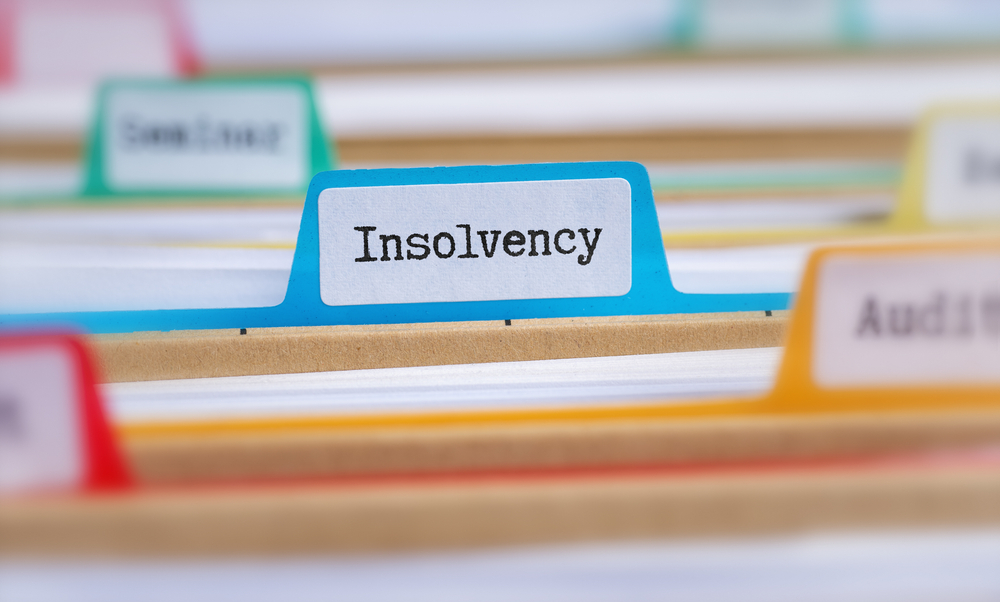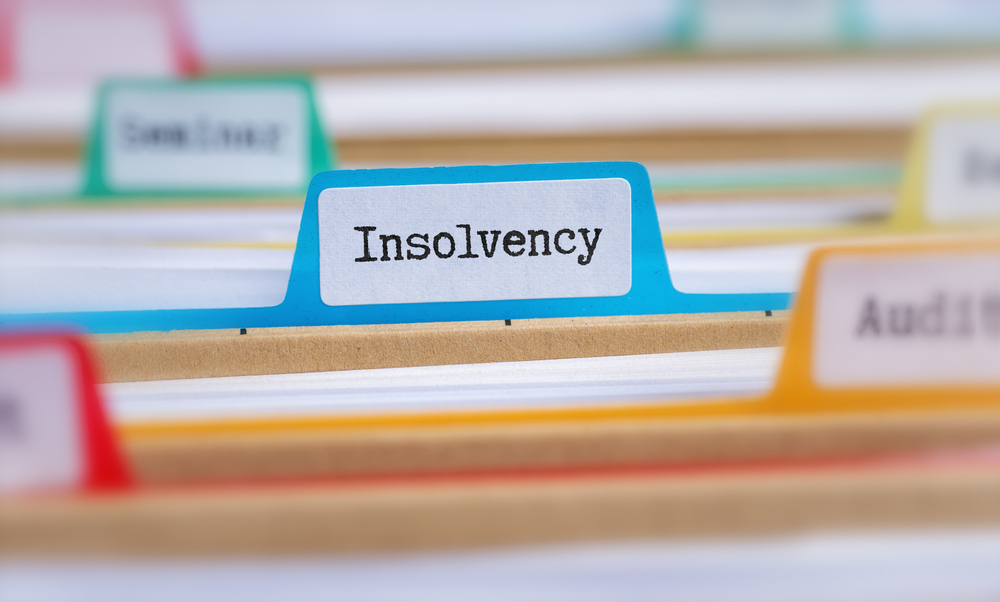
What is a High Court Writ, and What Should You Do About it?
What is a High Court Writ?
Issued by the High Court of Justice in England and Wales, a High Court Writ is typically used to enforce judgments or orders concerning commercial debts. The most common type for debt collection is a Writ of Control.
When a limited company fails to settle its debts, and a creditor obtains a judgment against it, the creditor may apply for a High Court Writ to enforce the debt. This document authorises High Court Enforcement Officers (HCEOs) to take specific actions.
Here’s what you should know about the powers granted by a Writ of Control:
- HCEOs can enter the company’s premises
- They can collect the owed amount directly
- If necessary, they may seize company assets equivalent to the debt’s value
For any limited company, the implications of a High Court Writ are significant. It indicates a serious escalation of debt issues and exposes the company’s assets to potential seizure and public auction. Moreover, the enforcement process can disrupt business operations and may impact the company’s reputation.
Here at Company Debt, our licensed insolvency practitioners have helped thousands of UK directors navigate business debt.

How is a High Court Writ Obtained Against a Company?
The journey to a High Court Writ begins with a judgment against the company. This typically involves a creditor taking the debtor company to court and proving that money is owed. If the court rules in the creditor’s favour, it issues a County Court Judgment (CCJ).
If the judgment remains unsatisfied, the creditor can then apply for a High Court Writ. Here are the key points:
- The debt must be at least £600
- The CCJ needs to be transferred to the High Court
- There’s a fee of £71, which can be added to the debt
Once granted, the writ empowers High Court Enforcement Officers (HCEOs) to take action. They may attempt to recover the debt or, if necessary, seize company assets.
The entire process, from filing the claim to the issuance of the writ, typically spans between 7 to 28 days, depending on the complexity of the case and the court’s schedule.
What can High Court Enforcement Officers (HCEOs) do upon receiving a Writ of Control?
CEOs have the authority to enter the company’s premises to search for and seize goods, demand payment, and, if necessary, sell the seized assets at auction to recover the owed amount.
>>Read our full article on the powers of HCEOs
Can I Stop a High Court Writ?
If your company has received a High Court Writ, it’s crucial to act swiftly. The most straightforward approach is to pay the debt in full, but we understand this isn’t always possible.
Here are some specific strategies you might consider:
- Settle the case: Try to reach an agreement through negotiation or mediation. If successful, the writ can be withdrawn.
- Defend against the claim: If you believe the claim lacks merit, you can file a defence in court.
- Apply to set aside or suspend the writ: If you think the writ was issued improperly, you can challenge it. This involves completing form N244 from the HM Court Service website and paying a £100 fee.
- Arrange a payment plan: Contact the creditor and enforcement officers to set up a manageable repayment schedule.
- Explore finance options: Consider asset-based lending or invoice finance to free up cash for repayment.
- Propose a Company Voluntary Arrangement (CVA): This allows you to repay debts through a single monthly payment for up to five years, subject to creditor agreement.
Remember, each situation is unique. We recommend seeking professional advice to determine the best course of action for your company’s specific circumstances.
What Happens if the Company’s Assets are Insufficient to Cover the Debt?
If your company’s assets don’t cover the debt after a High Court Writ enforcement, you must be cautious about how you handle payments. Paying some creditors over others, particularly those with personal connections or guarantees, could be seen as a ‘preference’. This means these payments might be reversed if the company later enters insolvency. It’s also crucial to document all decisions, keeping detailed records of your rationale for all financial decisions to demonstrate you’ve acted responsibly.
If you need help understanding the best way forward for your company, use the live chat during working hours, or call us on 0800 074 6757. We’ve helped 1000’s of directors navigate difficult financial circumstances.
FAQs about High Court Writs
Can HCEOs force entry into a company’s premises?
Yes, in certain circumstances, HCEOs can use reasonable force to enter commercial premises to enforce a High Court Writ, especially if previous attempts to recover the debt have been ignored.
Are there any assets that HCEOs cannot seize from a company?
Yes, HCEOs cannot seize goods essential for the company’s day-to-day operations, such as tools or equipment necessary for up to a certain value, or items that are not owned by the company.
Can a High Court Writ affect a company’s credit rating?
Yes, the enforcement of a High Court Writ, along with the preceding legal judgment, can negatively impact a company’s credit rating and its ability to secure future credit or contracts.
What are the costs associated with a High Court Writ for a company?
In addition to the original debt amount, companies are liable for enforcement costs, including court fees, HCEO fees, and costs associated with selling seized assets.
Can personal assets of directors be seized under a High Court Writ issued against a company?
No, personal assets of directors are generally protected in the case of limited companies, unless personal guarantees have been provided for the company’s debts.








